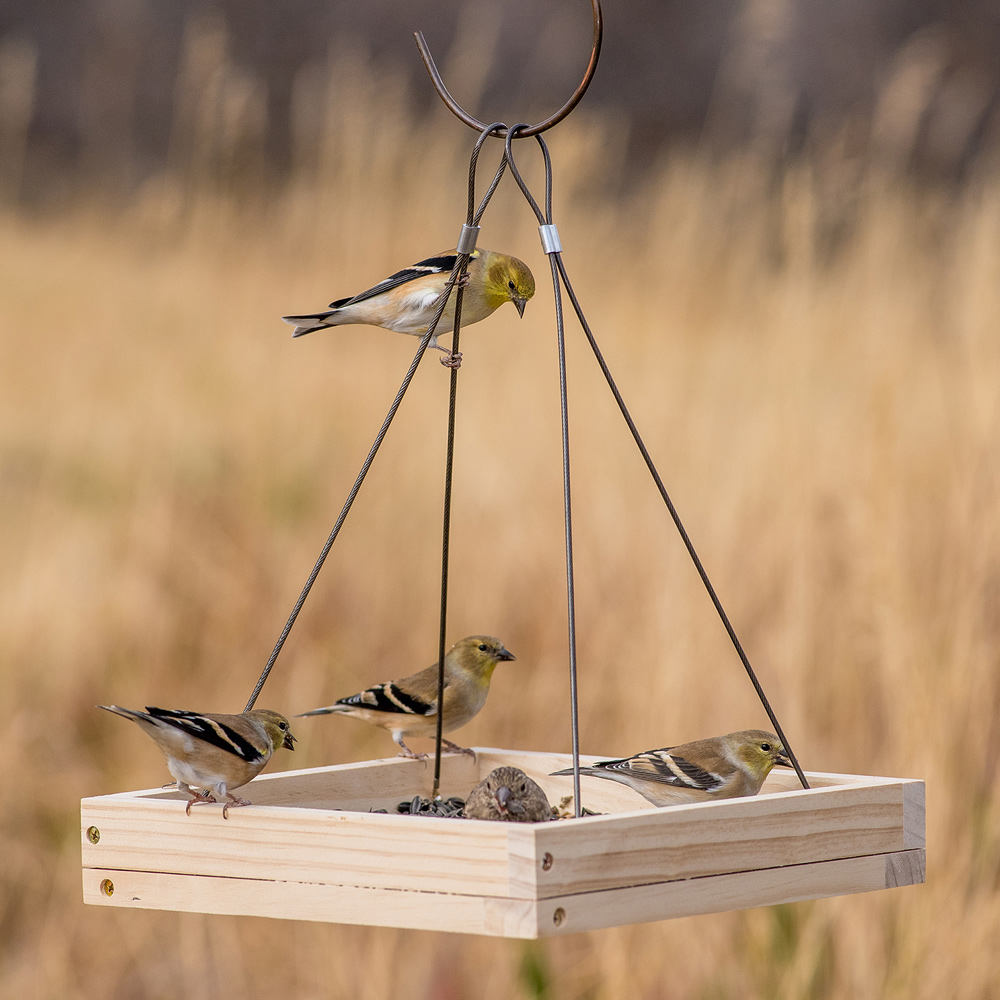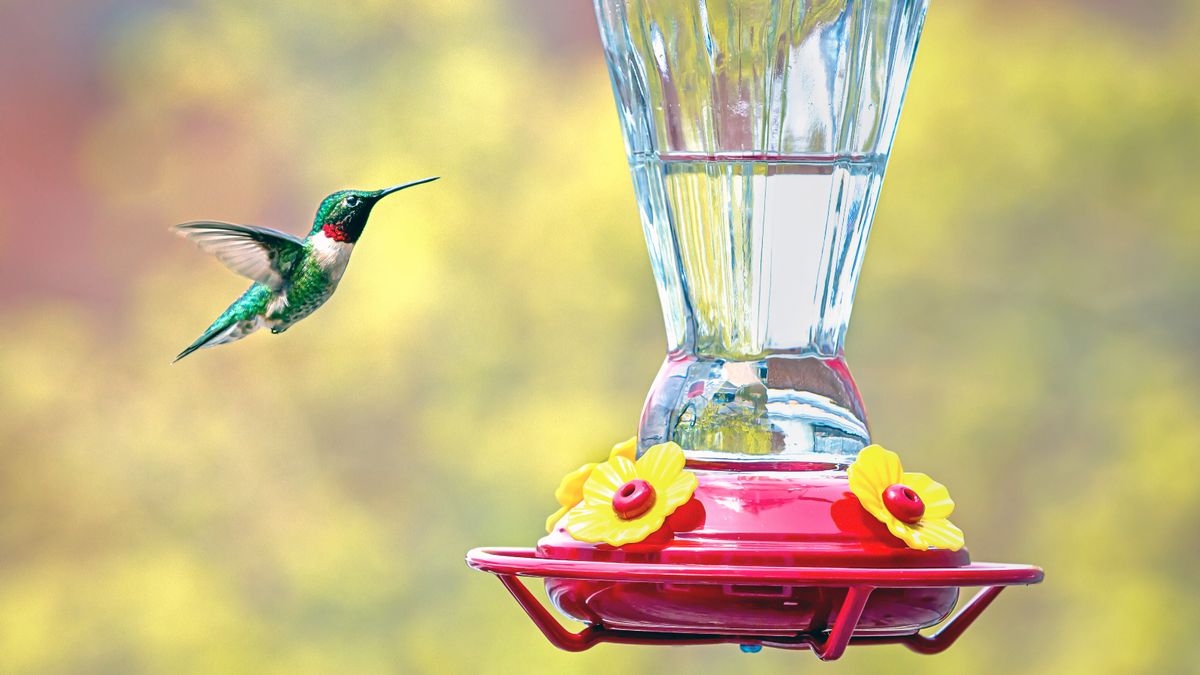
In the realm of nature, hummingbirds hold a special place, captivating us with their iridescent plumage, rapid wing beats, and remarkable ability to hover in mid-air. These delicate nectarivores play a crucial role in the ecosystem, pollinating a wide range of flowers and ensuring the reproduction of countless plant species.
Hummingbird feeders have emerged as a popular way to attract these fascinating creatures to our backyards and gardens, providing them with a supplemental source of nectar during periods of natural food scarcity. However, these feeders often attract unwanted guests – bees – who compete with hummingbirds for the sugary nectar.
Understanding the Allure of Hummingbird Feeders for Bees
Bees, like hummingbirds, are pollinators that rely on nectar as their primary food source. The abundance of sugary nectar in hummingbird feeders makes these devices irresistible to bees, who are drawn to the easily accessible energy source.
While bees are essential pollinators in their own right, their presence at hummingbird feeders can pose a challenge for these delicate nectarivores. Hummingbirds’ long, slender beaks are perfectly adapted for extracting nectar from flowers, but they struggle to compete with bees’ larger size and more aggressive feeding habits.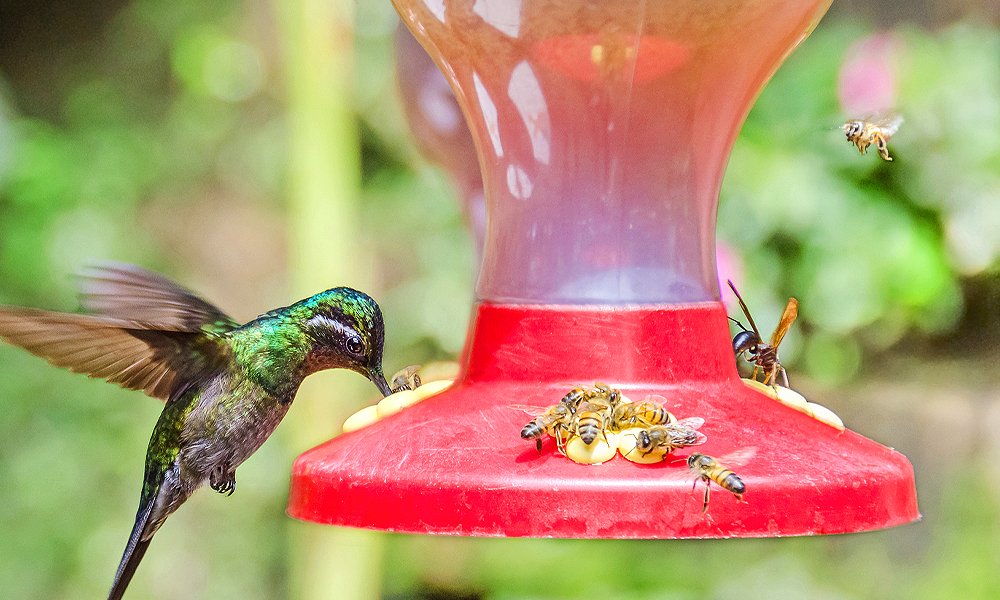
Effective Strategies to Discourage Bees from Hummingbird Feeders
Fortunately, there are several effective strategies that can be employed to deter bees from hummingbird feeders, ensuring that these specialized pollinators have exclusive access to their vital food source.
1. Utilize the Power of Color: Bees perceive colors differently than hummingbirds. Red appears less attractive to bees, while hummingbirds can easily see red feeders. Opt for a red hummingbird feeder to make it less appealing to bees while still attracting hummingbirds.
2. Seek Shady Spots: Bees prefer sunny locations, while hummingbirds can feed in both sun and shade. Hang your hummingbird feeder in a shady area of your garden to discourage bees from approaching.
3. Employ Smaller Openings: Hummingbirds’ long beaks can reach the nectar through small openings, while bees’ shorter mouthparts will be excluded. Choose a feeder with a small opening to effectively deter bees.
4. Discourage with a Slippery Surface: Apply a mild soap solution to the exterior of the feeder. The slippery surface can deter bees from clinging to the feeder, while hummingbirds can easily perch and feed. Remember to rinse the feeder thoroughly before refilling it with nectar.
5. Utilize a Nectar Guard: This ingenious device creates a barrier that bees cannot cross, but hummingbirds can easily pass through. Install a nectar guard on your feeder to provide exclusive access for hummingbirds.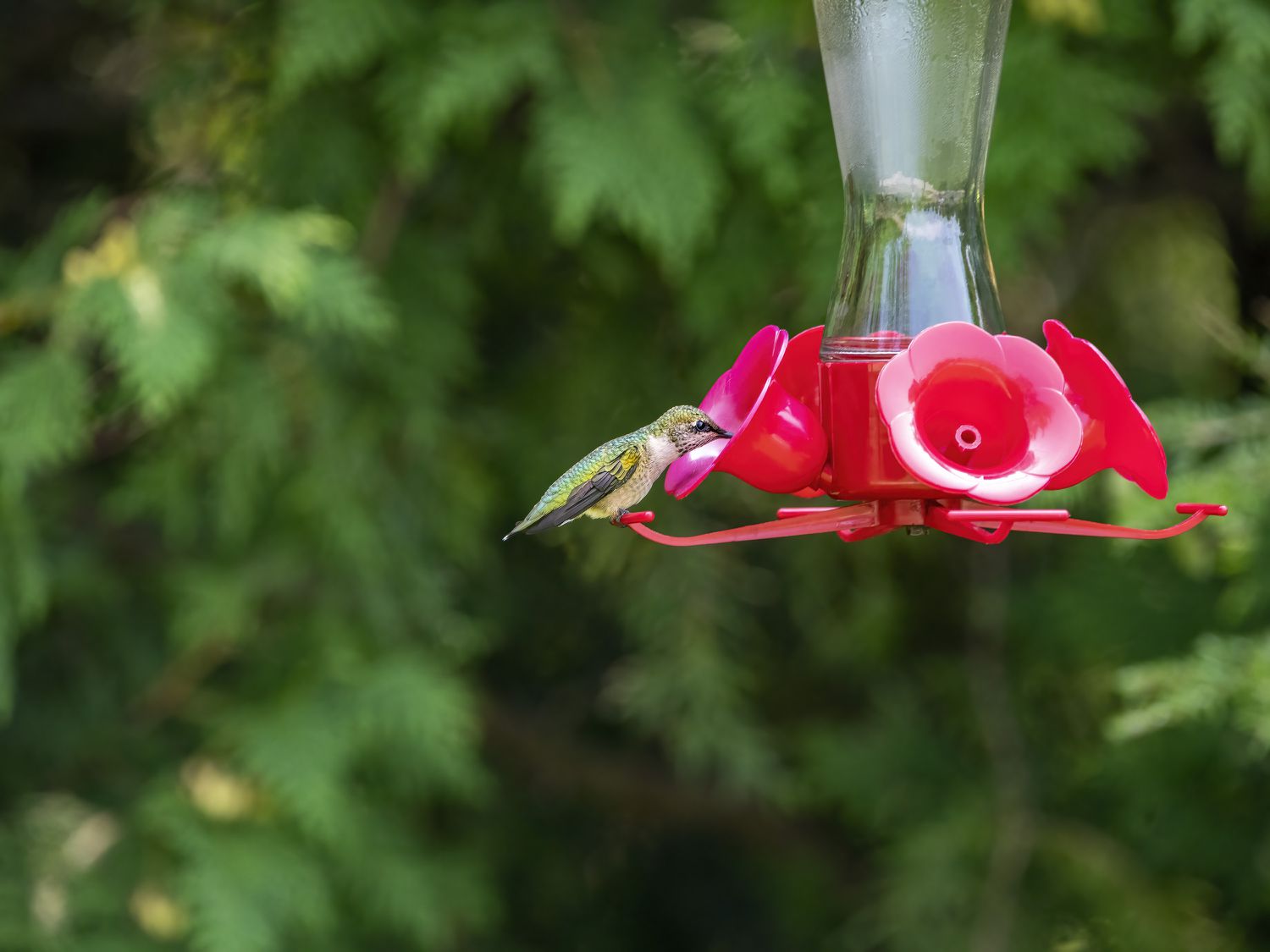
6. Employ a Decoy Feeder: Place a bee feeder filled with sugar water away from the hummingbird feeder to distract the bees. The readily available nectar in the bee feeder will draw their attention away from the hummingbird feeder.
7. Experiment with Nectar Concentrations: Hummingbirds prefer a higher nectar concentration (1:4 ratio of sugar to water), while bees prefer a lower concentration (1:1 ratio). Adjust the nectar concentration to make it less appealing to bees while still attracting hummingbirds.
8. Maintain a Clean and Fresh Feeder: Regular cleaning is essential to prevent the buildup of mold, mildew, and fermented nectar, which can deter hummingbirds and attract unwanted insects. Change the nectar solution every few days to maintain its freshness and attract hummingbirds.
9. Patience and Persistence: It may take some time for bees to learn to avoid the hummingbird feeder. Be patient and persistent in applying these deterrent methods, and eventually, the bees will find other food sources.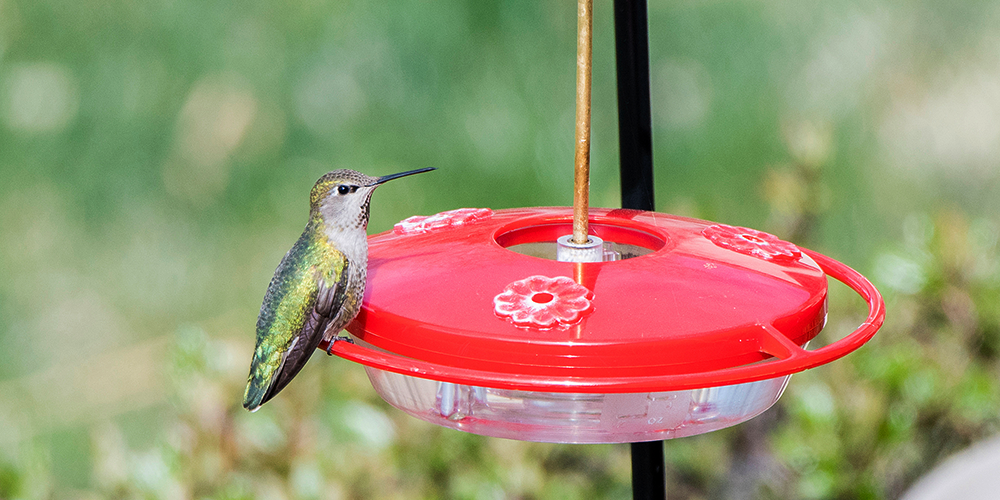
Promoting Coexistence with Bees and Hummingbirds
While keeping bees away from hummingbird feeders is important, it’s crucial to recognize the valuable role bees play in the ecosystem. By promoting coexistence between these two essential pollinators, we can contribute to a healthier and more balanced environment.
-
Plant Bee-Friendly Flowers: Provide alternative food sources for bees by planting a variety of bee-friendly flowers in your garden. These flowers will attract bees and provide them with the nectar they need to thrive.
-
Offer a Bee Bath: Bees need water for drinking and cooling off. Place a shallow dish of water filled with pebbles or marbles in your garden to create a bee bath.
-
Use Pesticides Responsibly: Pesticides can harm pollinators, including bees. Choose organic pest control methods whenever possible, and avoid using pesticides during peak bee foraging hours.
-
Educate Others: Share your knowledge about the importance of protecting both bees and hummingbirds with your friends, family, and community members. Together, we can raise awareness and promote responsible pollinator conservation practices.
-
The Beauty of Observing Hummingbirds
With the bees successfully deterred, you can now fully enjoy the captivating sight of hummingbirds visiting your feeder. Observe their mesmerizing aerial acrobatics as they hover in mid-air, extracting nectar with their long, slender beaks. Their iridescent plumage shimmers in the sunlight, and their rapid wing beats create a soft buzzing sound.
-
Patience is Key: Observe hummingbirds from a distance to avoid disturbing them. They are small and delicate creatures, and any sudden movements may frighten them away. Sit quietly and enjoy the beauty of their presence.
-
Use Binoculars or a Spotting Scope: For a closer look, consider using binoculars or a spotting scope. These tools will allow you to appreciate the intricate details of their plumage and observe their feeding behavior in greater detail.
-
Learn about Hummingbird Species: With a little research, you can learn about the different hummingbird species that may visit your feeder. Each species has unique characteristics, such as size, coloration, and feeding habits.
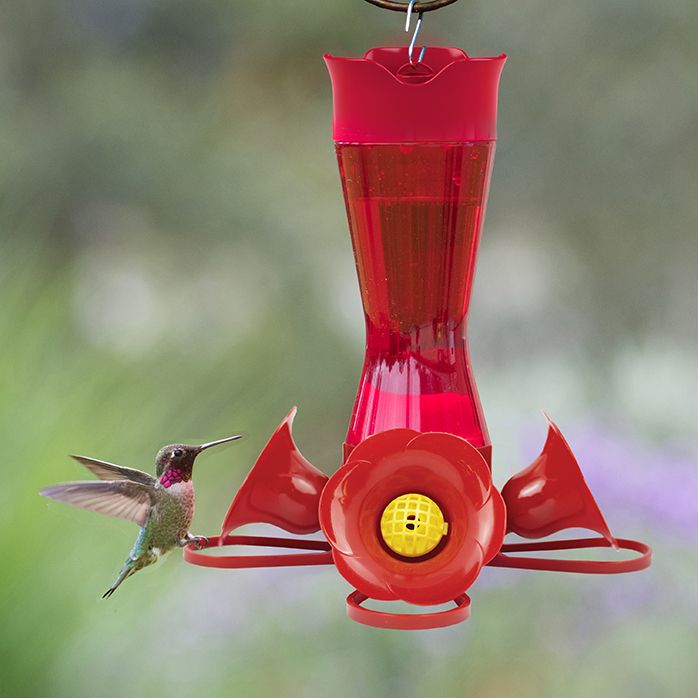
A World of Information at Your Fingertips
The internet offers a wealth of information on hummingbird feeding, bee conservation, and creating a pollinator-friendly garden. Here are some valuable resources to explore:
-
Websites dedicated to birdwatching and hummingbird feeding provide detailed information on different hummingbird species, feeder types, nectar recipes, and tips for attracting hummingbirds.
-
Local wildlife organizations and nature centers often host educational programs on hummingbirds and bees. They can offer guidance on creating a pollinator-friendly habitat in your backyard and connect you with experts who can answer your specific questions.
-
Beekeeping associations and gardening websites provide information on bee-friendly plants, organic pest control methods, and responsible beekeeping practices.
A Rewarding Experience for All
Creating a welcoming environment for hummingbirds in your backyard is a rewarding experience that allows you to connect with these fascinating creatures and contribute to their conservation. By implementing the strategies outlined in this guide and fostering a coexistence with bees, you can create a vibrant pollinator haven in your own space.
-

